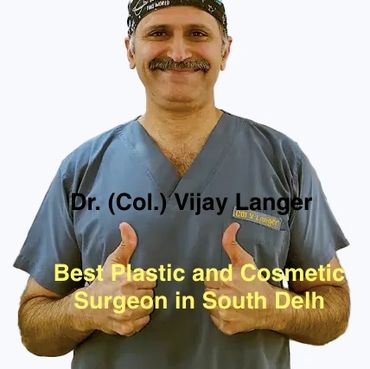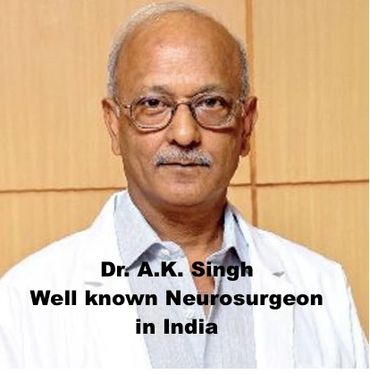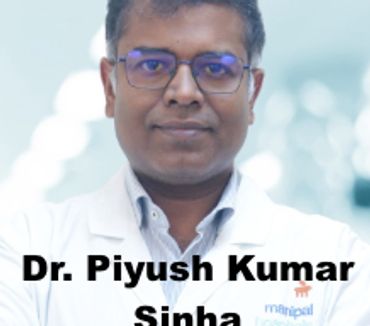Signed in as:
filler@godaddy.com
Signed in as:
filler@godaddy.com













Orthopedic specialists diagnose, treat, and manage injuries, congenital disorders, degenerative conditions, infections, and tumors of the musculoskeletal system.

SystemExamplesCardiovascularHypertension, palpitations, mild arrhythmiasRespiratoryAsthma, bronchitis, upper respiratory infectionsEndocrineDiabetes, hypothyroidismGastrointestinalGERD, IBS, mild liver function issuesMusculoskeletalJoint pain, back pain, osteoarthritisMental HealthDepression, anxiety, sleep disordersInfectionsUTIs, skin infections, sore throat

Key Areas in Cardiology:
TestPurposeECG (Electrocardiogram) Detects rhythm abnormalities, ischemiaEchocardiogramUltrasound to assess heart valves and pumpingStress TestAssesses heart function under exertionHolter Monitor24–48 hour ECG monitoring for arrhythmiasCardiac MRI/CTDetailed imaging of heart structure and vesselsCoronary AngiographyVisualizes coronary arteries using dye injectionBlood TestsTroponin (heart attack), BNP (heart failure), lipids .
If you have a specific symptom, test result, or cardiac condition you're concerned about (like interpreting ECGs, understanding your echocardiogram report, or managing blood pressure), I can help explain further.

Pulmonologist — a medical doctor who specializes in the respiratory system, which includes the lungs, airways, and breathing muscles.
Pulmonologists diagnose and treat conditions such as:
They often work in hospitals, intensive care units (ICUs), or pulmonary clinics and may perform or order tests such as:
If you're considering seeing a pulmonologist or need help finding one, let me know where you're located or what condition you're concerned about.

Liver and Renal transplant (also called a combined liver-kidney transplant, or CLKT) is a dual organ transplant procedure where both a liver and a kidney are transplanted—either simultaneously or in staged surgeries. It’s typically performed in patients who have severe, irreversible damage to both the liver and the kidneys.
Underlying Liver Disease With Associated Kidney Failure Cirrhosis from Hepatitis B/C, NASH, or alcohol Chronic kidney disease (CKD) stages 4–5 or ESRD Acute liver failure Acute kidney injury not expected to recover Polycystic liver disease with kidney cysts Autosomal dominant polycystic kidney disease (ADPKD) Metabolic diseases (e.g., primary hyperoxaluria) Causes oxalate buildup damaging both organs Hepatorenal syndrome (HRS) Kidney failure due to advanced liver disease.
Liver-related Kidney-related Systemic Biliary leak or stricture Delayed graft function Infections (esp. CMV, fungal) Rejection Rejection Bleeding or clotting complications Recurrence of liver disease Delayed urine output Drug-related side effects.
Aspect Details Procedure Combined liver + kidney transplant Indications Irreversible liver + kidney failure Donors Typically deceased donors Benefits Improved survival, better quality of life Challenges Surgical complexity, lifelong immunosuppression
Let me know if you need help with a specific transplant center, eligibility, donor registry, or have test reports, please contact us immediatedly email and watsp your patient details.

Carcinoma or Cancer is a type of cancer refers to a group of diseases characterized by uncontrolled growth and spread of abnormal cells. These cells can invade nearby tissues and sometimes spread (metastasize) to other parts of the body.
TypeDescriptionExamplesCarcinomaOriginates from epithelial cellsBreast, lung, colon, prostate cancersSarcomaOriginates from connective tissues (bone, muscle, fat)Osteosarcoma, liposarcomaLeukemiaCancer of blood-forming tissuesAcute lymphoblastic leukemia (ALL), AMLLymphomaCancer of the lymphatic systemHodgkin lymphoma, Non-Hodgkin lymphomaMultiple MyelomaCancer of plasma cells in bone marrow—MelanomaCancer of pigment-producing cells in skin—Central Nervous System CancersTumors in brain or spinal cordGliomas, meningiomas.
Symptoms vary widely depending on the cancer type and location.
If you want detailed info about a specific cancer type, symptoms, diagnosis, or latest treatments, just let me know!

Gynecology and IVF fertility:
A gynecologist is a doctor specializing in the health of the female reproductive system—including the uterus, ovaries, fallopian tubes, cervix, and vagina.
IVF is an assisted reproductive technology (ART) used to help couples conceive when they face infertility.
If you want, I can explain more about infertility causes, the IVF process in detail, or what to expect during treatment!

Dr. Tripti Patni, Physiotherapist (or Physical Therapist) is a healthcare professional specializing in movement, function, and rehabilitation. They help patients recover from injuries, disabilities, or medical conditions that affect their ability to move and perform everyday activities.
ConditionExamplesMusculoskeletal injuriesSprains, strains, fractures, back painNeurological conditionsStroke, Parkinson’s disease, multiple sclerosisPost-surgical rehabilitationJoint replacement, ligament repairSports injuriesACL tears, tendonitis, muscle strainsRespiratory problemsCOPD, cystic fibrosisPediatric conditionsCerebral palsy, developmental delaysChronic painArthritis, fibromyalgia.
If you want to know about physiotherapy for a specific condition or injury, or exercises you can do at home, I can help with that too!

AspectPlastic SurgeryCosmetic SurgeryPurposeRestore function and appearance. Enhance appearanceScopeReconstructive and cosmetic proceduresOnly cosmetic, elective proceduresInsurance coverageOften covered if reconstructiveUsually not covered (elective)Conditions treatedTrauma, congenital defects, burns, tumorsDesire for aesthetic improvement
If you want details about specific procedures, recovery, risks, or finding qualified surgeons, just ask!
We use cookies to analyze website traffic and optimize your website experience. By accepting our use of cookies, your data will be aggregated with all other user data.
